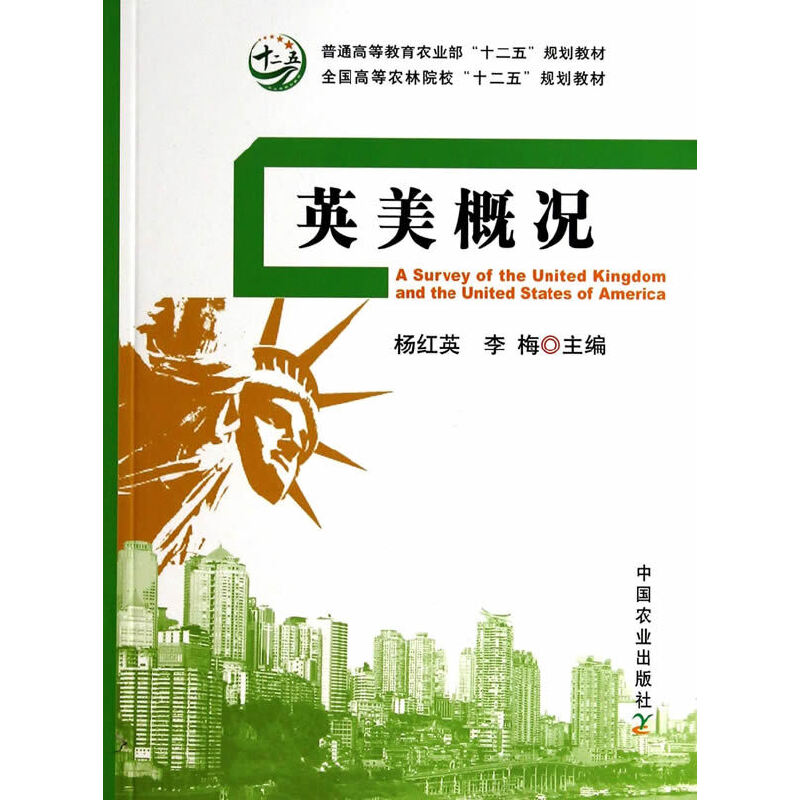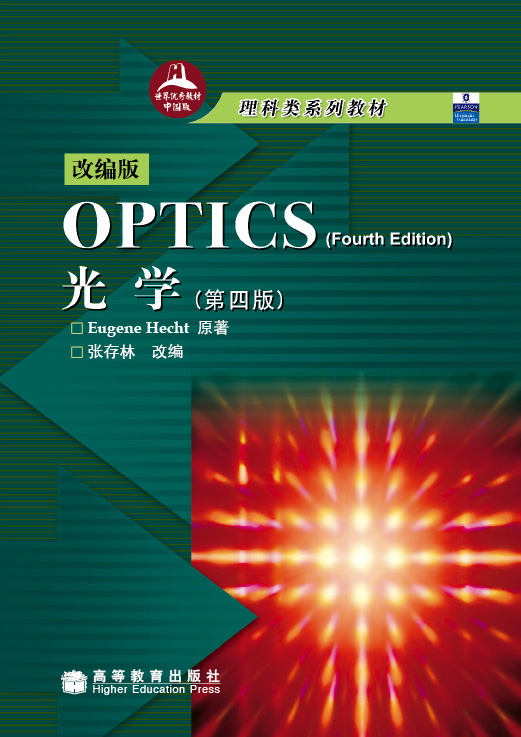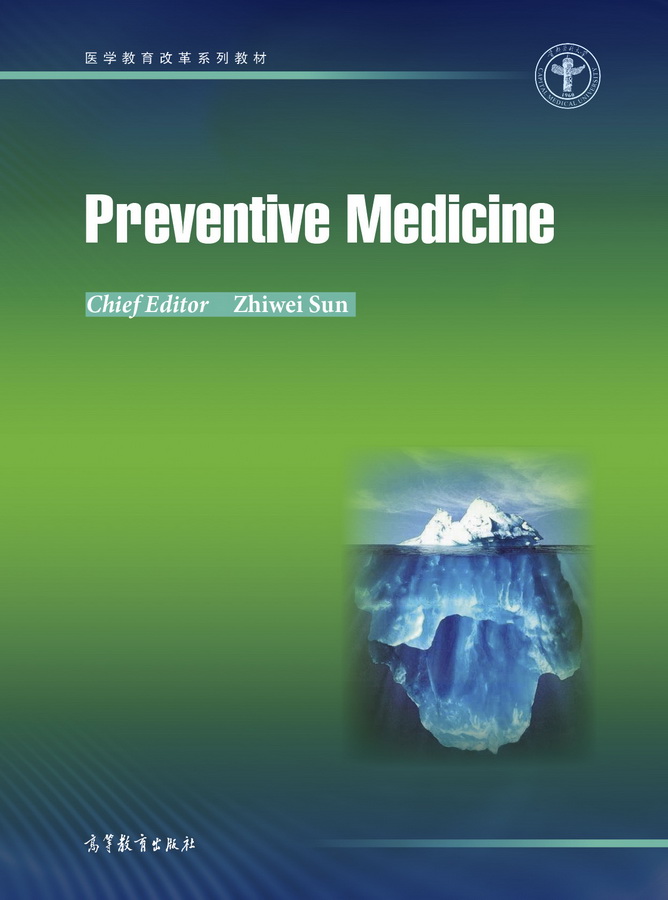中国文化教程 英文版 修订本 / 江苏省教育厅高校立项精品教材
定价:¥49.00
作者: 薛荣
出版时间:2014-07
出版社:南京大学出版社
- 南京大学出版社
- 9787305133800
- 144682
- 2014-07
- H31
内容简介
薛荣编著的《中国文化教程(英文版修订本江苏省教育厅高校立项精品教材)》是为我国高等院校英语专业学生、具有一定英语基础的大学生和爱好中国文化的外国读者而编写的。本书共分16章,对中国文化的各个层面进行了系统而有重点的介绍,内容包括中国历史、地理概况、中国哲学、中国宗教、中国教育、中国文学、语言文字、书法绘画、园林建筑、中国医药、科学技术、工艺美术、风俗习惯、饮食服饰等。
目录
Foreword
Chapter 1 A Brief History of China
1.1 Prehistory
1.2 The Xia Dynasty
1.3 The Shang Dynasty
1.4 The Zhou Dynasty
1.5 The Spring and Autumn Period
1.6 The Warring States Period
1.7 The Qin Dynasty
1.8 The Han Dynasty
1.9 The Jin Dynasty
1.10 The Sui Dynasty
1.11 The Tang Dynasty
1.12 The Five Dynasties and Ten Kingdoms
1.13 Liao, Song, Western Xia, Jin and Yuan
1.14 Mongols and the Yuan Dynasty
1.15 The Ming Dynasty
1.16 The Qing Dynasty
1.17 Late Qing Dynasty
1.18 The Republic of China
1.19 The People's Republic of China
Chapter 2 Land and People
2.1 The Land of China
2.2 People of China
Chapter 3 Chinese Philosophy
3.1 Confucianism
3.2 Taoist Philosophy
3.3 Buddhist Philosophy
3.4 Other Important Schools
Chapter 4 Chinese Religions
4.1 Confucianism
4.2 Taoism
4.3 Buddhism
4.4 Minority Religions
Chapter 5 Chinese Characters and Language
5.1 Chinese Characters
5.2 The Chinese Language
Chapter 6 Chinese Education
6.1 Education in Early Chinese History
6.2 Education in the Eastern Zhou Dynasty
6.3 Education in the Qin and Han Dynasties
6.4 Education in the Wei and Jin Period and Southern and Northern Dynasties
6.5 Education in the Sui and Tang Dynasties
6.6 Education in the Song, Yuan and Ming Dynasties
6.7 Education from the End of the Ming Dynasty to the Opium War
6.8 Education from the Opium War to the May Fourth Movement
6.9 Major Educators in the Republic of China ~
6.10 Education in the People's Republic of China
Chapter 7 Chinese Literature (1)
7.1 Literature of the Pre Qin Period
7.2 Literature of the Qin Dynasty
7.3 Literature of the Han Dynasty
7.4 Literature of the Wei and Jin Period and Southern and Northern Dynasties
Chapter 8 Chinese Literature (2)
8.1 Literature of the Tang Dynasty
8.2 Literature of the Song Dynasty
8.3 Literature of the Yuan Dynasty
8.4 Literature of the Ming Dynasty
8.5 Literature of the Qing Dynasty (from Its Beginning to the Opium War in 1840)
8.6 Literature from the Opium War to the May Fourth Movement
Chapter 9 Calligraphy and Painting
9.1 Chinese Calligraphy
9.2 Chinese Painting
Chapter 10 Science and Technology
10.1 Science and Technology in Early Chinese I-fistory
10.2 Science and Technology in the Spring and Autumn and Warring States Periods
10.3 Science and Technology in the Qin and Han Dynasties
10.4 Science and Technology in the Wei, Jin, Southern and Northern Dynasties
10.5 Science and Technology in the Sui and Tang Dynasties and the Five Dynasties
and Ten Kingdoms Period
10.6 Science and Technology in the Song and Yuan Dynasties
10.7 Science and Technology from the Ming Dynasty to the Opium War
10.8 Science and Technology from the Opium War to the End of the Qing Dynasty
10.9 Science and Technology in the Republic of China and the People's Republic of
China
Chapter 11 Traditional Chinese Medicine
11.1 Theories of TCM
11.2 Diagnostic Methods
11.3 Principle of Treatment Based on Different Conditions
11.4 Chinese tterbology
11.5 Four Traditional Treatments
11.6 Traditional Chinese Medicine Classics
11.7 Four Most Famous TCM Doctors
11.8 The Status Quo of TCM
Chapter 12 Handicrafts
12.1 Pottery and Porcelain
12.2 Jade Objects
12.3 Ritual Bronze Vessels
12.4 Silk Embroidery
Chapter 13 Architecture and Gardens
13.1 Development of Chinese Architecture
13.2 Architecture Styles
13.3 Architectural Features
Chapter 14 Customs and Festivals
14.1 Customs
14 2 Festivals
Chapter 15 Food and Clothing
15.1 Food
15.2 Clothing
Chapter 16 Chinese Culture in Change
16.1 A Culture Between the Past and the Present
16.2 Mutual Learning Among Chinese Nationalities
16.3 Intercultural Relations with the World
Key to Exercises
Appendix
References
Chapter 1 A Brief History of China
1.1 Prehistory
1.2 The Xia Dynasty
1.3 The Shang Dynasty
1.4 The Zhou Dynasty
1.5 The Spring and Autumn Period
1.6 The Warring States Period
1.7 The Qin Dynasty
1.8 The Han Dynasty
1.9 The Jin Dynasty
1.10 The Sui Dynasty
1.11 The Tang Dynasty
1.12 The Five Dynasties and Ten Kingdoms
1.13 Liao, Song, Western Xia, Jin and Yuan
1.14 Mongols and the Yuan Dynasty
1.15 The Ming Dynasty
1.16 The Qing Dynasty
1.17 Late Qing Dynasty
1.18 The Republic of China
1.19 The People's Republic of China
Chapter 2 Land and People
2.1 The Land of China
2.2 People of China
Chapter 3 Chinese Philosophy
3.1 Confucianism
3.2 Taoist Philosophy
3.3 Buddhist Philosophy
3.4 Other Important Schools
Chapter 4 Chinese Religions
4.1 Confucianism
4.2 Taoism
4.3 Buddhism
4.4 Minority Religions
Chapter 5 Chinese Characters and Language
5.1 Chinese Characters
5.2 The Chinese Language
Chapter 6 Chinese Education
6.1 Education in Early Chinese History
6.2 Education in the Eastern Zhou Dynasty
6.3 Education in the Qin and Han Dynasties
6.4 Education in the Wei and Jin Period and Southern and Northern Dynasties
6.5 Education in the Sui and Tang Dynasties
6.6 Education in the Song, Yuan and Ming Dynasties
6.7 Education from the End of the Ming Dynasty to the Opium War
6.8 Education from the Opium War to the May Fourth Movement
6.9 Major Educators in the Republic of China ~
6.10 Education in the People's Republic of China
Chapter 7 Chinese Literature (1)
7.1 Literature of the Pre Qin Period
7.2 Literature of the Qin Dynasty
7.3 Literature of the Han Dynasty
7.4 Literature of the Wei and Jin Period and Southern and Northern Dynasties
Chapter 8 Chinese Literature (2)
8.1 Literature of the Tang Dynasty
8.2 Literature of the Song Dynasty
8.3 Literature of the Yuan Dynasty
8.4 Literature of the Ming Dynasty
8.5 Literature of the Qing Dynasty (from Its Beginning to the Opium War in 1840)
8.6 Literature from the Opium War to the May Fourth Movement
Chapter 9 Calligraphy and Painting
9.1 Chinese Calligraphy
9.2 Chinese Painting
Chapter 10 Science and Technology
10.1 Science and Technology in Early Chinese I-fistory
10.2 Science and Technology in the Spring and Autumn and Warring States Periods
10.3 Science and Technology in the Qin and Han Dynasties
10.4 Science and Technology in the Wei, Jin, Southern and Northern Dynasties
10.5 Science and Technology in the Sui and Tang Dynasties and the Five Dynasties
and Ten Kingdoms Period
10.6 Science and Technology in the Song and Yuan Dynasties
10.7 Science and Technology from the Ming Dynasty to the Opium War
10.8 Science and Technology from the Opium War to the End of the Qing Dynasty
10.9 Science and Technology in the Republic of China and the People's Republic of
China
Chapter 11 Traditional Chinese Medicine
11.1 Theories of TCM
11.2 Diagnostic Methods
11.3 Principle of Treatment Based on Different Conditions
11.4 Chinese tterbology
11.5 Four Traditional Treatments
11.6 Traditional Chinese Medicine Classics
11.7 Four Most Famous TCM Doctors
11.8 The Status Quo of TCM
Chapter 12 Handicrafts
12.1 Pottery and Porcelain
12.2 Jade Objects
12.3 Ritual Bronze Vessels
12.4 Silk Embroidery
Chapter 13 Architecture and Gardens
13.1 Development of Chinese Architecture
13.2 Architecture Styles
13.3 Architectural Features
Chapter 14 Customs and Festivals
14.1 Customs
14 2 Festivals
Chapter 15 Food and Clothing
15.1 Food
15.2 Clothing
Chapter 16 Chinese Culture in Change
16.1 A Culture Between the Past and the Present
16.2 Mutual Learning Among Chinese Nationalities
16.3 Intercultural Relations with the World
Key to Exercises
Appendix
References





